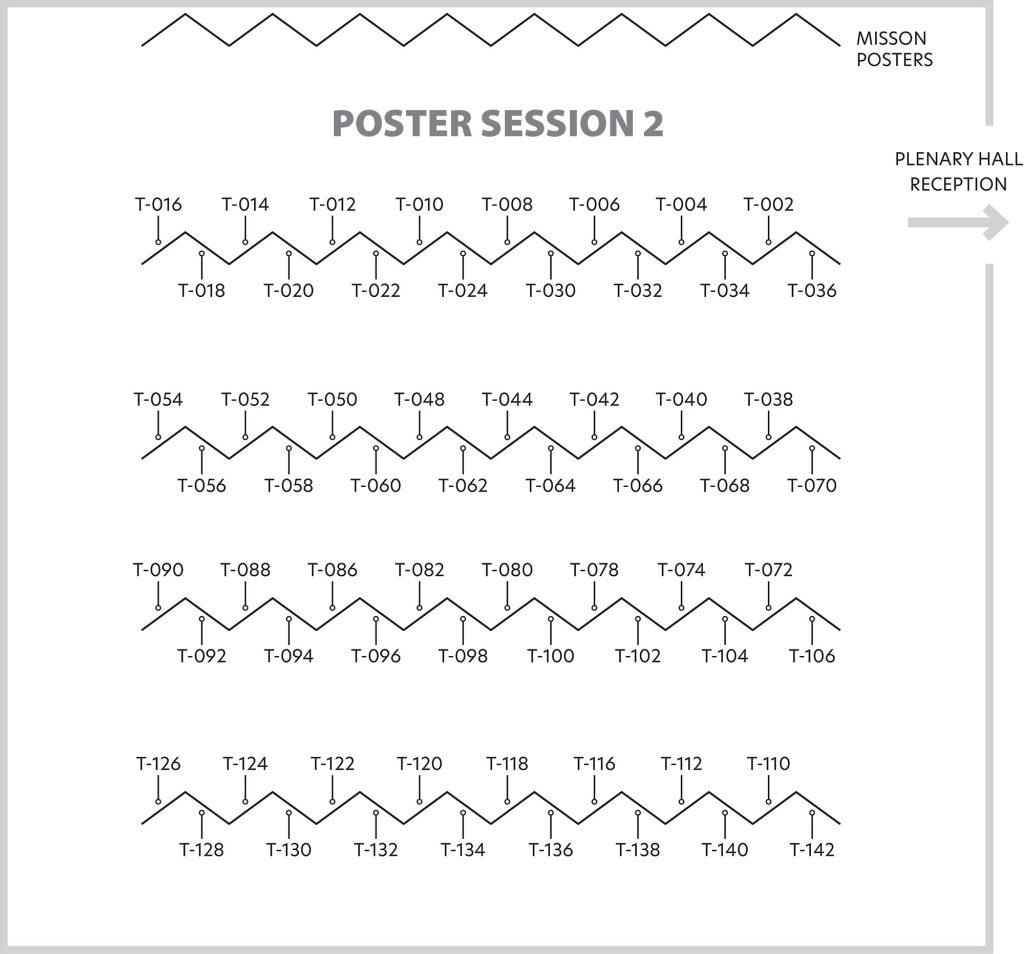POSTER Session 2
Tuesday, October 8
11:10–12:50
Poster Session | 1 | 2 | 3 | 4 | Instructions | Schedule at a Glance
ABSTRACT 860 | POSTER T-064
BALTIC SEA CYANOBACTERIA BLOOM DYNAMICS OBSERVED USING MULTIPLE IN SITU SENSORS AND SATELLITE REMOTE SENSING
Nitrogen fixing cyanobacteria form blooms in the brackish water Baltic Sea during summer. Some of the bloom-forming species produce cyanotoxins which may affect human and animal health. The cyanobacteria sometimes accumulate on beaches and in archipelagos causing problems to society and tourism. Satellite remote sensing and sensors mounted on a buoy and on ships were used to follow the temporal and spatial development of blooms near the island of Gotland where two desalination plants are located. Production of drinking water from the desalination plants may be affected by the cyanobacteria. The OLCI sensor on Sentinel 3 A/B provided data on near surface accumulations of cyanobacteria. Vertical profiles of phycocyanin-fluorescence, a proxy for cyanobacteria biomass, indicated that the cyanobacteria were restricted to the upper 20 meters, sometimes forming thin layers. During summer 2023, the Imaging FlowCytobot (IFCB), part of underway system on R/V Svea, was used to investigate the phytoplankton abundance and species composition. IFCB samples were collected every 20 minutes and plankton organisms in the samples were automatically imaged. AI-assisted image analysis (supervised machine learning) was used to analyze the images. Results show that Nodularia spumigena, Aphanizomenon flos-aquae and Dolichospermum spp. contributed the main biomass, but several other cyanobacteria were present. In summer 2024 sensors will be mounted also on an ocean glider operated near Gotland. Bloom formation is partly forced by weather conditions; calm weather and high temperatures favor the formation of surface accumulations, in windy and cooler weather the cyanobacteria are still growing, but not forming surface accumulations.
Bengt Karlson, Swedish Meteorological and Hydrological Institute, Oceanographic Research, Sweden, https://orcid.org/0000-0002-7524-3504
Anders Andersson, Science for Life Laboratory, KTH Royal Institute of Technology, Sweden, https://orcid.org/0000-0002-3627-6899
Lars Arneborg, Swedish Meteorological and Hydrological Institute, Oceanographic Research, Sweden, https://orcid.org/0000-0003-0248-8110
Karin Garefelt, Science for Life Laboratory, KTH Royal Institute of Technology, Sweden
Johan Håkansson, Swedish Meteorological and Hydrological Institute, Oceanographic Laboratory, Sweden
Krzysztof Jurdzinski, Science for Life Laboratory, KTH Royal Institute of Technology, Sweden
Inga Koszalka, Stockholm University, Department of Meteorology, Sweden, https://orcid.org/0000-0002-9164-2054
Christoffer Olsson, Swedish Meteorological and Hydrological Institute, Oceanography, Sweden
Ann-Turi Skjevik, Swedish Meteorological and Hydrological Institute, Oceanography, Sweden
Josephine Sullivan, KTH Royal Institute of Technology, Sweden, https://orcid.org/0000-0003-2784-7300
Anders Torstensson, Swedish Meteorological and Hydrological Institute, Oceanography, Sweden, https://orcid.org/0000-0002-8283-656X
Lena Viktorsson, Swedish Meteorological and Hydrological Institute, Oceanography, Sweden
Anna Willstrand Wranne, Voice of the Ocean Foundation, Sweden, https://orcid.org/0000-0002-5182-8292
Poster Session | 1 | 2 | 3 | 4 |
Instructions | Schedule at a Glance
Questions?
Contact Jenny Ramarui,
Conference Coordinator,
at [email protected]
or (1) 301-251-7708

